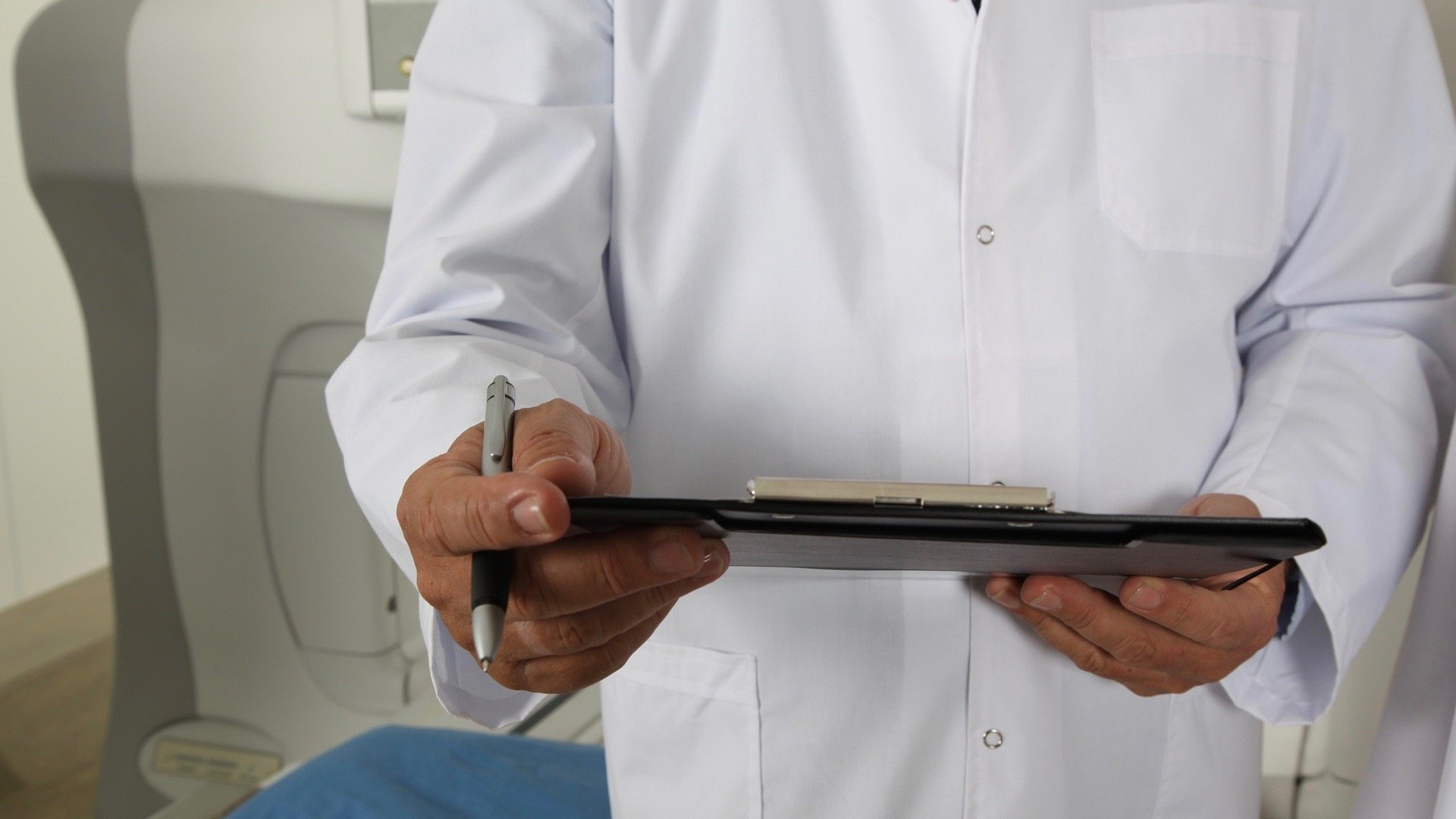
Hospital facilities management is both complex and high stakes. When you’re regulating heat and airflow to a dozen or more ORs, patients and doctors are counting on your facilities staff for safety, compliance, comfort, and consistently ideal conditions for sensitive procedures. It’s essential that each room in your facility maintains a stable set point with excellent ACH (air changes per hour) performance and the ability to rapidly adjust as needs change.
If this sounds like a lot to put on the plate of your facilities manager in a fast-moving hospital setting, it is — but it doesn’t have to be.
A Software For Everyday Use
ODIN (Operator Display Integrated Network) is an innovative IoT software that was designed to present a user-friendly, simple, and streamlined way to access, monitor, and control the devices connected to your hospital’s BMS.
How simple? You can control it from the palm of your hand via a mobile application on an iPhone or Android device. ODIN will allow each user to check temperatures, monitor airflow, adjust setpoints, receive real-time alerts and notifications, and more, based on their permissions. If your users are able to use a touchscreen phone and adjust a settings menu in an app, they can learn to operate ODIN.
Invite More Users
The more user-friendly your BMS controls, the more users you can convince to adopt the system in their day-to-day lives. Widespread adoption means more efficiency, because management staff, desk staff, and even physicians will have more immediate control over the environment in which they’re working.
Of course, not everyone needs full access to the whole BMS. Total access would not only be overwhelming but it could create more potential for miscommunication or mismanagement. ODIN will help you delegate a limited set of capabilities to each user (or user group), encompassing only what they need. Easy access to the few functions your hospital staff cares most about — in a familiar format such as a mobile app on their phone — will encourage widespread use in a safe and responsible fashion.
For example, one hospital facilities management client explained to the ODIN team that, “Other people in our organization, who previously had no experience on the BMS, have taken an interest in trying to see how they could work with it. Our VP is able to use ODIN and take control over the things that he oversees.”
Achieve More Efficiency
Once your team sees how easy it is, you may find that more of the staff has heard about it and shown interest in using it themselves. The front desk manager may have an interest in controlling the thermostat in the lobby. Leadership in one of the outbuildings may want to access energy use data for a specific new outbuilding during budget discussions. ODIN can segment users to grant permissions and visibility in narrowly defined areas, such as specific buildings, wings, or types of devices.
This sort of delegation makes optimal use of your BMS and your time, preventing delays as staff are inquiring about adjustments from busy technicians. Your whole staff will appreciate the comfort of an easy-to-learn mobile app on their phones — a familiar format from everyday life. Your hospital facilities management team will appreciate the reduction in question calls and requests for minor adjustments, so that they can focus on high priority tasks.
Get in touch with ODIN for more information on the software’s intuitive interface, functionality, and delegation capabilities.








